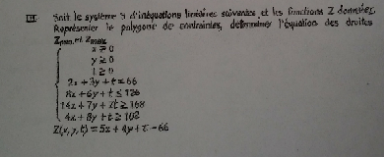
OthersQuestion and Answers: Page 55
Question Number 122641 Answers: 0 Comments: 0
Question Number 122638 Answers: 0 Comments: 1

Question Number 122518 Answers: 1 Comments: 1
Question Number 122514 Answers: 2 Comments: 1

Question Number 122336 Answers: 0 Comments: 0
$${please}\:{prove}\:{that}\:{sup}\left(−{A}\right)=−{inf}\left({A}\right) \\ $$
Question Number 122335 Answers: 0 Comments: 0

Question Number 122322 Answers: 4 Comments: 0
Question Number 122318 Answers: 0 Comments: 0

Question Number 122303 Answers: 1 Comments: 3
Question Number 122302 Answers: 3 Comments: 0
Question Number 122317 Answers: 0 Comments: 0
Question Number 122176 Answers: 2 Comments: 2
$$\int_{\mathrm{0}} ^{\frac{\pi}{\mathrm{2}}} \sqrt[{\mathrm{7}}]{{tanx}}\:{dx} \\ $$
Question Number 122377 Answers: 1 Comments: 4

Question Number 122069 Answers: 1 Comments: 0
Question Number 122023 Answers: 1 Comments: 0
Question Number 122013 Answers: 0 Comments: 6
Question Number 121983 Answers: 1 Comments: 2
Question Number 121914 Answers: 0 Comments: 1
Question Number 121739 Answers: 1 Comments: 0
Question Number 121697 Answers: 3 Comments: 0
Question Number 121678 Answers: 0 Comments: 0

Question Number 121677 Answers: 2 Comments: 1

Question Number 121659 Answers: 2 Comments: 4
Question Number 121655 Answers: 2 Comments: 2

Question Number 121653 Answers: 0 Comments: 5
Question Number 121454 Answers: 1 Comments: 2
